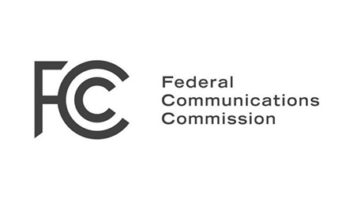“Somewhat cautious” is the tone regarding near-term business in local media, thanks to an “uneven” business outlook and macro concerns such as the debt situation in Europe.
That’s the assessment of business analyst Marci Ryvicker and associates at Wells Fargo Securities, who summarized trends discussed during the SNL Kagan Broadcast Summit in New York in chats with broadcasters, FCC staff and financial execs.
The analysts say broadcast marketers are optimistic on the long-term growth outlook for both radio and TV.
“April was ‘weak,’ May ‘relatively strong’ and June is pacing in between, mirroring the ‘barbell’ trend in Q1,” they wrote. The auto advertising sector “remains robust, while other categories are mixed (telecom down, retail spotty and healthcare up). Political still looks to be back-end loaded.”
They noted that national radio has strengthened lately, with May and June revenue up for the first time in a long time. But the radio industry is also eyeing local sales efforts of Pandora in markets like Los Angeles and Chicago.
Ryvicker and team reported “a lot less talk” about mergers and acquisitions than just a couple of months ago, though “CBS was brought up, this time as a potential net seller of radio assets.”
And a big topic, although not directly related to radio at present, is an expected FCC notice of proposed rulemaking regarding reverse and forward auctions. That will be part of the larger broadcast incentive auction debate, which is of such interest to TV broadcasters.
“From a broadcast standpoint, companies should have a better understanding of the economics of this auction, which should lead to less resistance in tendering spectrum,” the Wells Fargo analysts wrote.
For broadcast companies that participate, “incremental cash could be used to enhance shareholder returns.” The notice should also give some clarity as to how the largest wireless carriers might participate. “It will likely shed light on where the FCC’s head is with regard to balancing the ‘efficient use’ of spectrum with anti-competition concerns.”












